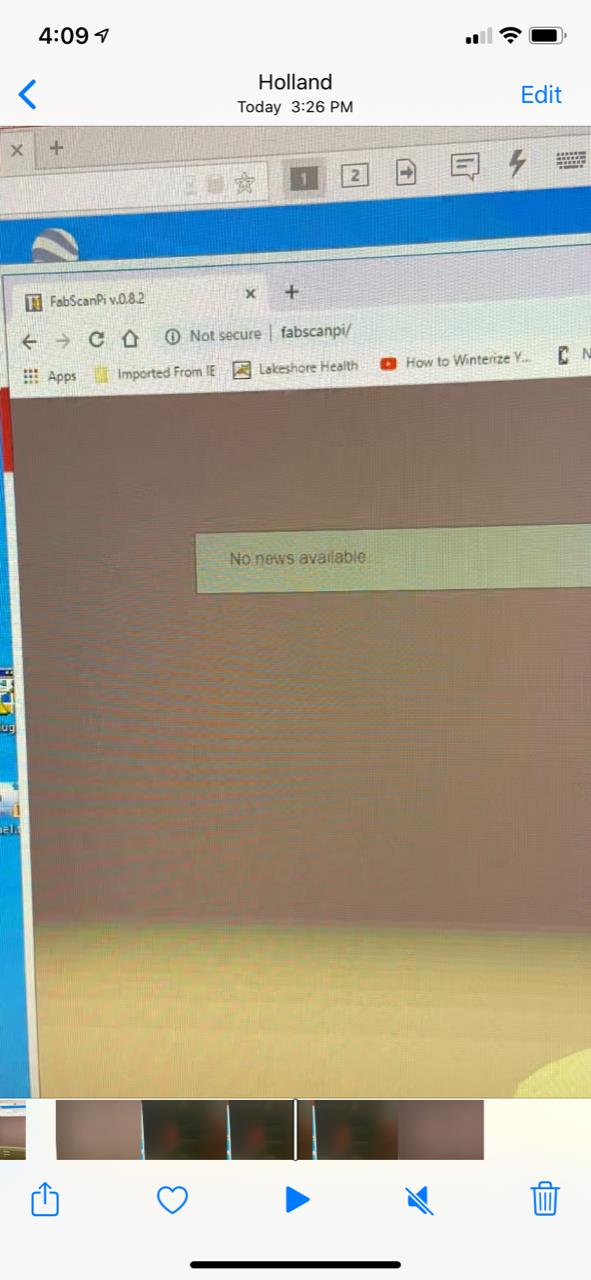

MESHLAB CENTER MESH HOW TO
how to change or move an object's transform to be in the object's center.Please let me me know if you either have any ideas to any of the below, preferably in C#: I also thought about collecting all the vertices and calculating the center of the mesh myself, but given that the scanned models like the one above are 300K+ of vertices, this may be computationally expensive. ColorReconstruction, which has the volume before it gets turned into a mesh, but I did not find a function that would simply translate the volume, or or report what the center.Space transform of the object or access to where the center of the scanned object it, but they don't seem to offer any function of that sort. ColorMesh and Mesh classes to see if they offer some sort of manipulation of the model.This shift needs to be done programmatically, so fixing this issue I want the center of the exported model to be the center of the scanned object, such that the axes lie in the center of the object. I believe this distance from to the object itself is the distance from the Kinect to the object that I am scanning. I noticed that after scanning and exporting a model to a file, the actual scanned object is far away from the Ĭoordinate.
MESHLAB CENTER MESH WINDOWS
It could be workable to do this rough alignment using the gumball but I think the key point method meshlab uses may be a little more user friendly.I'm am exploring using Microsoft's KinectFusion using the Kinect Fusion Explorer, written in C#, in the Kinect for Windows SDK 1.8 Dev Toolkit. I assume that a rough alignment is required before the fine alignment is calculated. stl meshes) gives the initial alignment as shown in the first two layers of the file above (Face & Nose). Importing both of the scans (they come out as. In my scanner the origin is fixed to the scanner and not the object. Here is a video demonstrating this process: The second step is automatic and it seems like meshlab computes the best fit between the two meshes, minimising the distance between the two.įurther processing merges the meshes together, removing the overlapping polys etc. Meshlab then aligns the two meshes so that that those key points roughly match.

In this case I picked the tip of the nose, both side creases (where the nostril meets the face) and the center of the upper lip. Firstly you roughly align the two meshes by picking 4 or more (the more the better) key points on both meshes. In Meshlab the alignment process requires two steps. I think that with the explosion of the availability of 3d scanners these features would be valuable additions to Rhino.

I see this tool being something like a paintbrush that smooths over the selected area Sometimes I have a local distortion that needs to be smoothed out and I do not want to lose detail in other areas of the mesh. The smooth function works very well for meshes however it works on the entire mesh. Just moving one mesh to match another would be a great first step however as an extension there could be an option to merge the two meshes into a single mesh, possibly smoothing the junction between the two. It would be great if something like this could be integrated into Rhino. Currently I have to go back and forth between Rhino and meshlab to achieve an accurate match of the two (or more) meshes. I often have to align two stl meshes of the same object taken from different orientations to create a more complete model of the object. I am using a lot of data from 3d scanners and I think that there are two features that would make this process a lot easier:


 0 kommentar(er)
0 kommentar(er)
